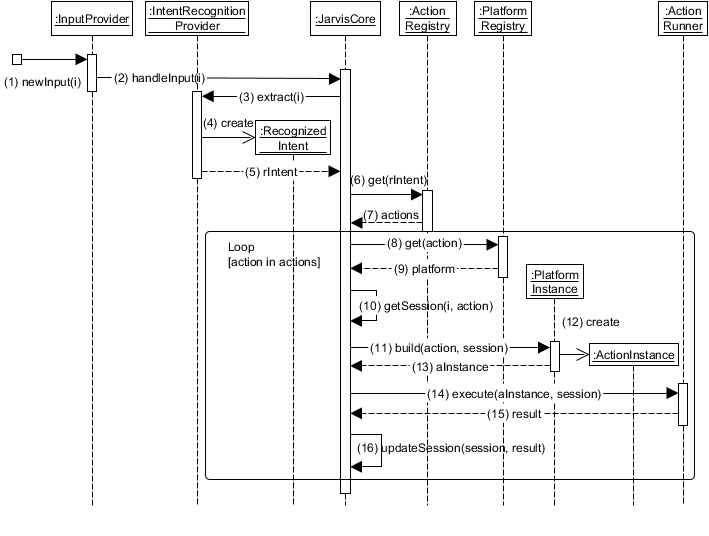

#Automatic sequence diagram generator software
Popularized by the UML modeling language, which provides this kind of representation to represent the flow of logic within a software system, the Sequence Diagram is also one of the many representations available in Capella to describe interaction scenarios between elements (components, entities, actors, etc).īelow, you can see two examples of Sequence Diagrams, one very simple, and another one that is more complex. They show the order of the visual interaction by using the vertical axis of the diagram to represent when and which messages are sent and the horizontal axis to show the elements that are involved in the interaction. Simply put, Sequence Diagrams are graphical representations that detail how operations are carried out.
#Automatic sequence diagram generator code
Widely adopted worldwide in various industrial sectors, it provides a methodology, a domain-specific language and a graphical environment to visually describe the components and functions of a system (a car, train, satellite, medical device, …) and how they interact.Ĭapella source code is publicly and freely available, so that our work benefits the entire community of Capella users and tool providers.īefore we start getting into the specifics of the optimizations we have made, let’s explain what is a Sequence Diagram. With my colleague Nathalie Lépine, we worked on the optimization of the Sequence Diagram.ĭeveloped by Thales with the support of Obeo, the Capella workbench is an open-source software solution to design systems architecture.

At Obeo we are proud to have contributed to the source code of this version. In December, version 5.0 of Eclipse Capella was released.


 0 kommentar(er)
0 kommentar(er)
